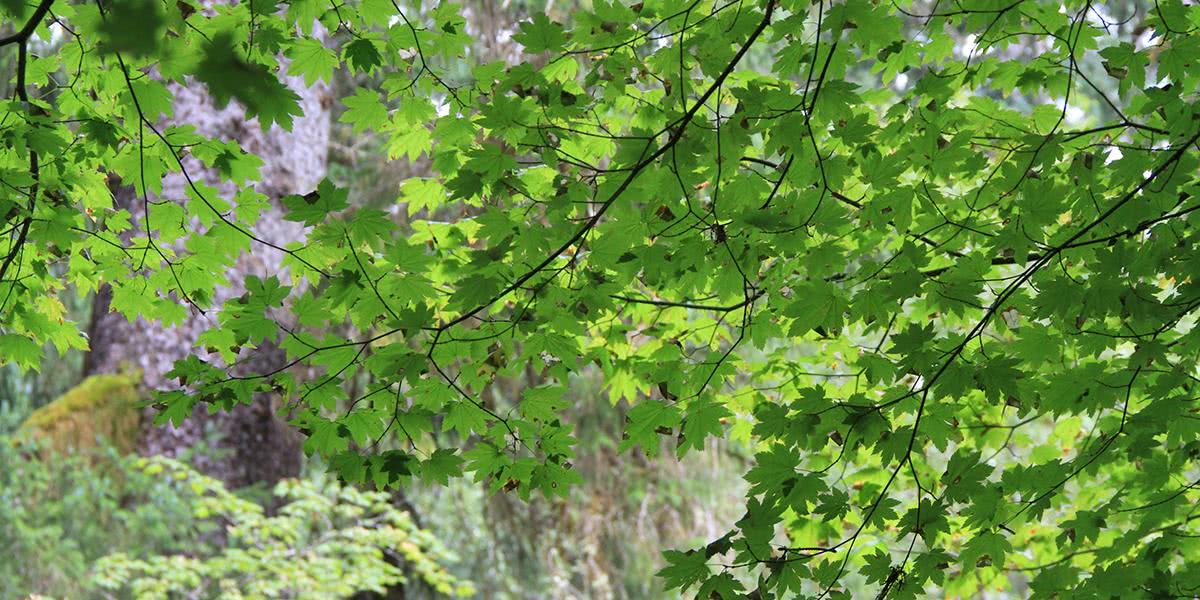When planning my clinical medical education, it was important to me that I find high-quality, full-spectrum family medicine training in an environment where residents have good relationships with each other and the attending physicians are excited and willing to teach.
Growing up in rural Idaho, I have always been interested in training and practicing in a rural setting. Finding a training pathway that combined high-quality training with a rural setting was ideal for me. I wanted to train at a program where excellence is the standard of care, and their graduates are fully prepared to be health care leaders in the communities they serve.
As I participated in a rotation at the Family Medicine Residency of Idaho’s Magic Valley Rural Training Track, I found all of these qualities and many more. I was struck early on by the tight-knit culture surrounding this program. Because the number of residents admitted per year is low, the attending physicians build strong relationships with each resident. I believe this fosters an excellent learning environment for both the residents and rotating medical students. The small ratio of learners to teachers meant I was always welcomed and involved in the interesting cases and procedures, which I often found myself crowded out of at other programs.
Another aspect of rural training I found rewarding was a closer relationship between the physician and patients. Often my attending had treated people in the patient’s family for many years. Another component of rural medicine is that while specialty care is present when truly needed, it is not readily available, which encouraged the residents and attending to often practice towards the top of their license. This makes for an extremely intellectually stimulating family medicine rotation.
I loved my time at the Magic Valley RTT and have decided to apply to this program for residency. I would highly recommend a rural training track to any student perusing primary care.

